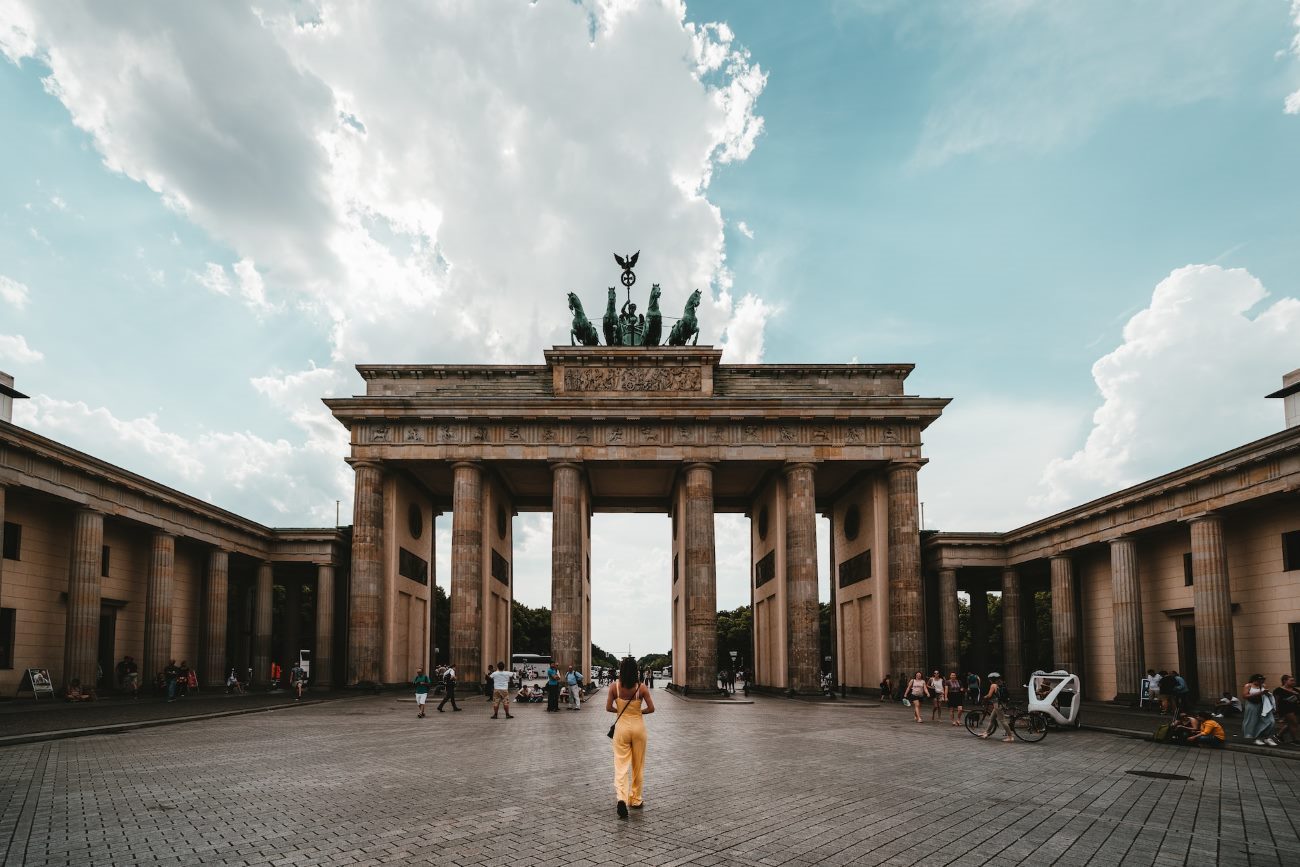How to Navigate Paris Metro: A Comprehensive Guide for Beginners
Introduction
Paris is a stunning town with a long old history & culture. And as far as transportation goes, the Paris Metro is your BFF. Its widespread array of subway lines, it is the easiest as well as the most convenient means of transportation throughout the city.
Getting Started
The Paris Metro is formed of 16 lines, numbered and colored. Each line is served in a particular district of the city and, also, situated in profitably close vicinity to well-appreciated places to visit, in particular, also to markets and residential efficiency places.
Ticket Types
Before your metro trip, it is necessary to know about different tickets available:
- Single Ticket: Ideal for one-time travel. It’s valid for a one-off journey, including changes, within a 2hr period.
- Paris Visite Pass: Gives you unlimited travel for 1, 2, 3, or 5 consecutive days and lets you explore arrays of attractions in Paris.
- Mobilis Pass: Offers unlimited ticket validity within mer areas up to 24 hours.
- Navigo Card: Suitable for longer stays. From the Navigo card you have unlimited travel within a given time frame, weekly or monthly , within selected zones.
Using the Metro Map
The Paris Metro map looks like it was made to intimidate at first look. Despite this, it’s quite easy to use once you learn some basic concepts:
- Each line has a number and color associated with it to help to recognize and recall them.
- Stations are represented by small white circles while the stations with interchanges of lines are identified by larger white circles.
- The direction of travel is shown on each route at the end of the line by the final destination which is written.
All major attractions in the brochures can be found near that station.
Purchasing and Validating Tickets
You should now know the ticket options and metro map, now it is the time to buy and validate ticket:
- Get your ticket from a ticket vending machine of go to the ticket office at any underground station.
- Choose your ticket type and zone depending on your route.
- Make the payment. Keep in mind some machines are only coin or chip enabled credit card machines.
- You find then the ticket validation machines near the entry gate.
- You will need to place your ticket in the machine and wait for it to be scanned. Note that you must retain your ticket until leaving metro system.
Navigating the Metro Station
As you step into the metro station you will find many signs and symbols that will lead you:
- Retrieve the metro signs with a white uppercase letter “M” against light blue background which direct you to the entrance.
- At the station, take the sign of the direction and metro line you wished to go.
- Signs pointing the road to the exit are multifariously marked with white Upper case letter “Sortie” or “Sortie + Numerao.”
- Beware of thieves and keep valuables close and within sight, at all times, especially in crowded places.
Tips for a Smooth Metro Journey
Some additional tips to make your trip on the Paris Metro better:
- Try to vanish with the metro(internet providers) if you can within peak hours (7:30 to 9:30 am, 5:30 to 7:30 pm) for it’s simply clogged.
- Use aitenere a mano o download per un app metro batching on smartphone.
- If unsure of direction don’t be afraid to ask fellow commuters or metro staff for help.
- Pre-plan your trip to reduced number of transfers and save time.
- Stand to the right of escalators if you like to be stationary and prefer that the left side of the escalator be for those in a hurry.
- The metro is the perfect way to observe the locals, absorb the city vibe and find out the best hidden spots.
Conclusion
Paris Metro may appear frightening at first sight, but to leverage only fairly quickly becomes safe for you to be able to use. Don’t be shy to venture the city, take chances, and make your Parisian experience even more unforgettable by learning to use the metro better. Bon voyage!
Table of Contents



